In a world where anything can happen, knowing how to forage for food is a survival skill that can’t be overstated. Whether you’re deep in the wilderness or just want to be prepared for an emergency, the ability to identify and safely consume wild plants is an invaluable asset. These edible wild plants can provide the sustenance you need to survive when the chips are down. Here’s a rundown of the top 10 edible wild plants you can find just about anywhere, designed to keep you alive and kicking when it matters most.
Dandelion
Dandelions aren’t just a nuisance in your lawn; they’re a nutritional powerhouse. Every part of this common plant is edible and loaded with vitamins and minerals, making it one of the best wild plants to eat in an emergency.
If you’re unsure about a plant’s safety, always positively identify it using a reliable field guide or app. Some edible plants have toxic look-alikes, so proper identification is crucial. If in doubt, don’t eat it.
- Identification: Look for the bright yellow flowers and deeply toothed leaves. The rosette pattern is a dead giveaway.
- How to Eat: The young leaves can be eaten raw or cooked, offering a slightly bitter, spinach-like flavor. The flowers can be tossed into a salad or steeped for a nutrient-rich tea. Even the roots can be roasted and ground to make a coffee substitute. In a survival situation, dandelions can be a reliable source of food, no matter where you are, making them essential wild plants for survival.
Clover
Clover is one of those edible wild plants that you can find almost anywhere, from open fields to your backyard. It’s packed with protein and is easy to recognize, making it a top wild plant for survival.
You can often find these edible wild plants in urban areas, but always be cautious about where you forage-avoid areas that might be contaminated with pesticides, herbicides, or pollution.
- Identification: Clover has trifoliate leaves-three leaflets on a single stem-with white or pinkish flowers.
- How to Eat: Clover leaves can be eaten raw in a salad or boiled to reduce their slight bitterness. The flowers can be used to make a mild, sweet tea. In a pinch, clover is a plant that can sustain you without much effort, serving as a crucial natural food source.
Plantain
Plantain is often mistaken for a weed, but this hardy plant is a survivalist’s ally. It’s not only edible but also has medicinal properties that make it indispensable in the wild. This makes it one of the best edible wild plants for emergency food foraging.
It’s also important to know when to forage; the availability of edible wild plants varies by season. For instance, dandelions and chickweed are typically abundant in spring, while cattails can be harvested throughout the year.
- Identification: Broad, oval leaves with prominent veins that grow in a rosette. The flower stalks are tall and slender.
- How to Eat: The young leaves are best eaten raw, while older leaves should be cooked to reduce toughness. The seeds can be ground into a flour substitute. Plantain is also a natural remedy for insect bites and minor wounds, making it a double-duty plant in any survival situation and an essential component of a wild plant-based diet for survival.
Cattail
If you’re near a body of water, cattails are your best bet for a meal. Almost every part of this plant is edible, making it a versatile food source in the wild and a cornerstone of foraging survival.
Preparation depends on the plant. Some, like clover and chickweed, can be eaten raw, while others, like nettles, must be cooked to neutralize their sting. Rhizomes, like those of cattails, can be roasted or ground into flour. Always clean plants thoroughly to remove dirt and potential contaminants.
- Identification: Tall, reed-like plants with long, flat leaves and a distinctive brown flower spike that looks like a hot dog on a stick.
- How to Eat: The rhizomes can be roasted or ground into flour, the young shoots can be eaten raw or cooked, and the pollen can be used as a flour substitute. In a true survival scenario, cattails provide both nutrition and versatility that few other wild plants can match, cementing their place in any wilderness survival guide.
Chickweed
Don’t let its small size fool you; chickweed is packed with nutrients and is one of the easiest plants to forage, making it an ideal choice for survival nutrition from nature.
If you ever suspect that you’ve ingested a toxic plant by mistake, seek medical help immediately. Try to induce vomiting and drink water if safe to do so. It’s always a good idea to carry identification for the plant in question to assist medical personnel.
- Identification: Look for the small, white star-shaped flowers and bright green leaves.
- How to Eat: Chickweed can be eaten raw in salads or cooked like spinach. It has a mild, slightly sweet taste that makes it a pleasant addition to any survival meal. Plus, it grows in abundance, so once you find it, you’re set for the day. It’s a great option for wild edibles for beginners.
Wild Garlic
When it comes to foraging, wild garlic is a gem. Its strong, distinctive flavor not only adds a culinary kick but also provides crucial nutrients, making it a top choice for foraging wild food for survival.
Children can safely forage and eat these wild plants with proper supervision and education. Teach them the importance of identifying plants correctly and ensure they always ask an adult before eating anything they find in the wild.
- Identification: Broad, lance-shaped leaves with a potent garlic smell, accompanied by white, star-shaped flowers.
- How to Eat: Use the leaves raw or cooked as a seasoning or as a vegetable. The bulbs can be used just like cultivated garlic. In the wild, wild garlic can turn bland foraged food into something that tastes more like a meal than mere survival, making it a must-have in your emergency food foraging repertoire.
Nettle
Nettles might sting, but they’re worth the trouble. Packed with iron, calcium, and vitamins, they are one of the most nutritious wild plants you can find, essential for anyone honing their survival skills.
In any survival scenario, you may rely on these wild plants for sustenance, but it’s challenging to depend solely on them for an extended period due to their varying availability and nutritional content. It’s best to supplement with other food sources if possible.
- Identification: Serrated, heart-shaped leaves with fine stinging hairs and small, greenish flowers.
- How to Eat: Once cooked, nettles lose their sting and can be used in soups, stews, or as a spinach substitute. They’re also great for making tea. For a survivalist, nettles are a nutritional goldmine that should not be overlooked, making them a key element of survival nutrition from nature.
Wild Sorrel
Wild sorrel is easy to recognize and adds a bright, tangy flavor to your wild foraged meals. Its nutritional benefits make it one of the top wild plants for survival.
After foraging, fresh wild plants can be stored in a cool, dry place or refrigerated if possible. Some, like nettles, can be dried for later use. For longer-term storage, consider methods like drying, pickling, or fermenting.
- Identification: Clover-like leaves with a sharp, lemony taste and small, bright yellow flowers.
- How to Eat: Sorrel is best eaten raw, giving a fresh, citrusy flavor to salads or soups. It’s a refreshing find in the wild, perfect for adding variety to your diet when food options are limited. As one of the common edible plants with nutritional value, it’s a valuable addition to any survivalist’s knowledge base.
Purslane
Purslane is a succulent plant that’s as tasty as it is nutritious. It’s loaded with omega-3 fatty acids, making it a rare find in the plant world and a key player in a wild plant-based diet for survival.
Many edible wild plants, like wild garlic, have toxic look-alikes, such as lily of the valley, which is poisonous. Accurate identification is essential to avoid dangerous mistakes.
- Identification: Look for its reddish stems and small, spoon-shaped leaves.
- How to Eat: Purslane can be eaten raw in salads or cooked as a vegetable. It has a slight tang, making it a pleasant surprise when you’re out foraging. Its high nutritional value makes it a must-know plant for any serious survivalist and a staple for those practicing safe foraging practices.
Shepherd’s Purse
Shepherd’s purse is a small, unassuming plant, but it packs a peppery punch that can enhance your wild foraged meals, making it a noteworthy addition to any foraging wild food for survival strategy.
Foraging isn’t just for seasoned outdoorsmen-it’s a skill everyone should have in their back pocket. Knowledge of these wild plants can provide sustenance, nutrition, and even medicinal benefits in a survival situation.
- Identification: Look for the small, white flowers and distinctive heart-shaped seed pods.
- How to Eat: The leaves can be eaten raw or cooked, and the seed pods can be used as a spicy seasoning. It’s a plant that’s easy to overlook, but once you know what to look for, it’s a great addition to your survival toolkit, enhancing your ability to harvest wild plants safely.
The knowledge of edible wild plants is a survival skill that could save your life. In any situation where food is scarce, these 10 edible wild plants offer sustenance, nutrition, and even medicinal benefits. But remember-never consume a plant unless you are absolutely sure of its identity. Use this guide as a foundation, but always have a reliable field guide on hand when you’re out in the wild. In a survival scenario, the right knowledge is your most powerful tool. Stay prepared, stay safe, and keep these wild plant identification tips in your mental Rolodex-you never know when you might need them.



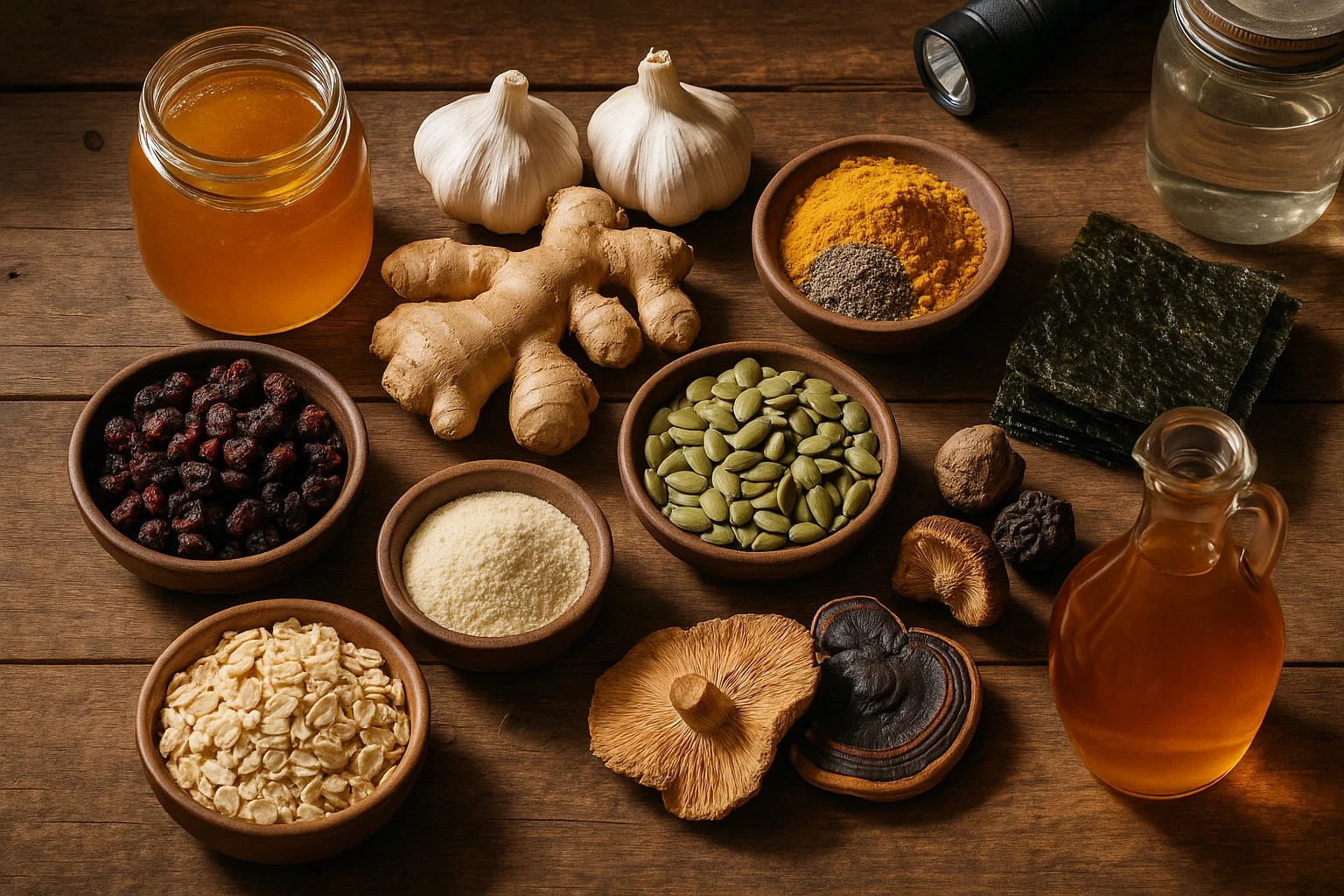
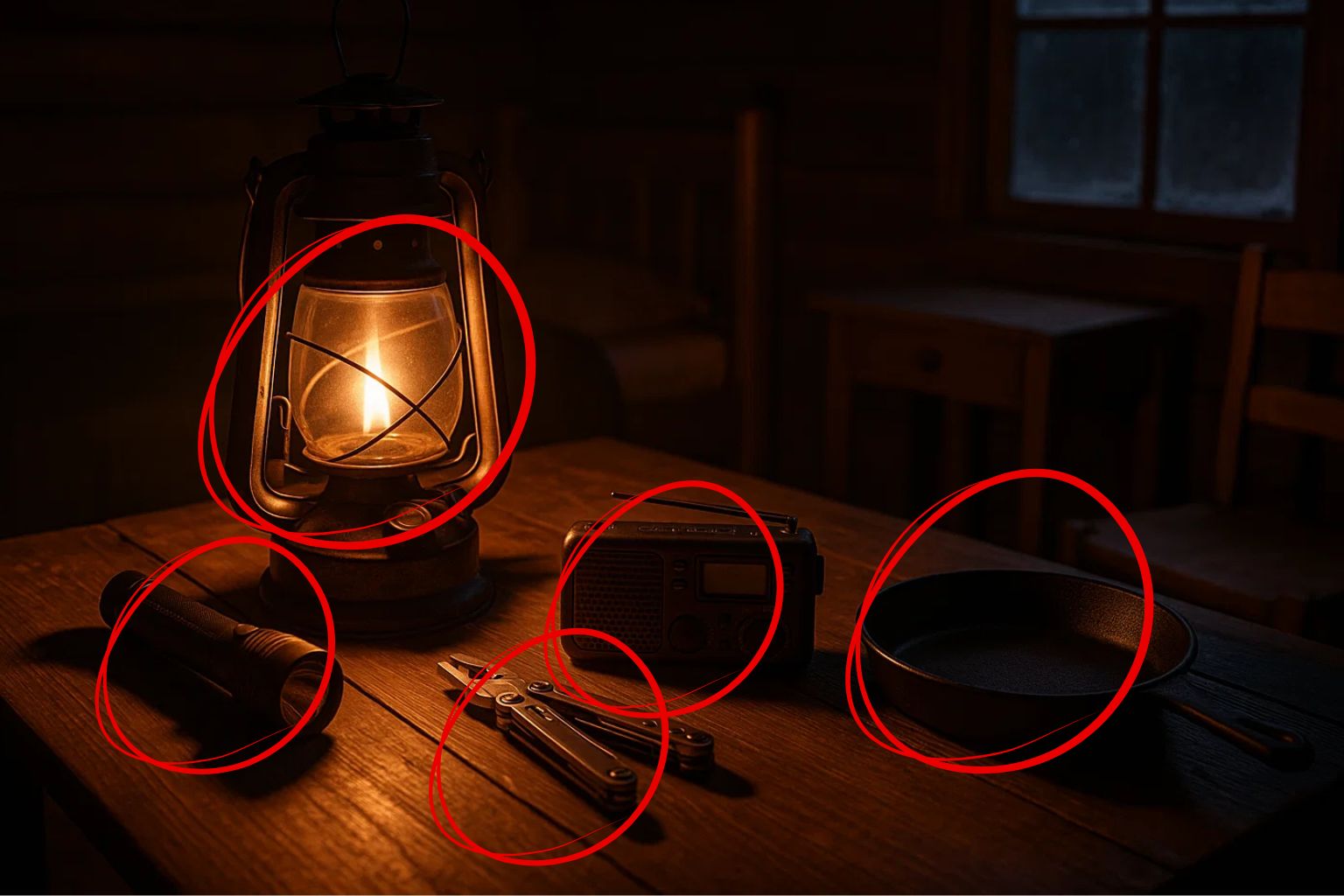


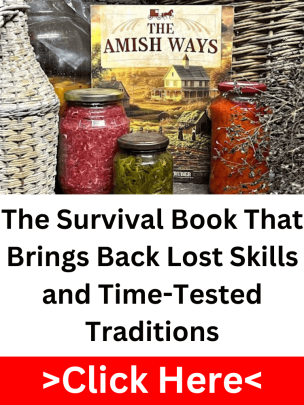
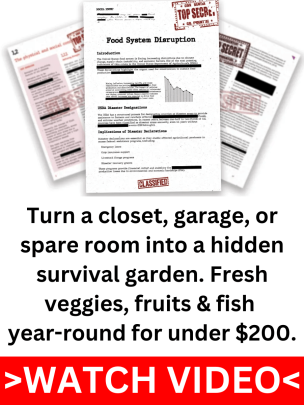

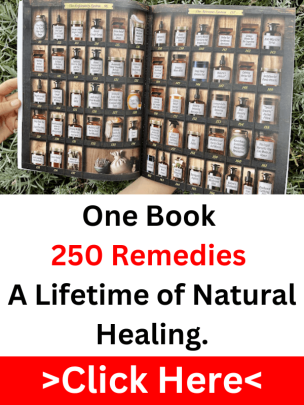










1 Comment